Sainsbury’s has often been mocked for tea-leafing its strategy from Tesco. Whether it’s Nectar Prices, Aldi Price Match or Everyday Low Prices, they all doff the cap to Tesco.
But today’s move to introduce Aldi Price Match in its convenience stores? No one is doing that. And it’s not only an original idea. It looks like a smart move. And a timely one to boot.
How so?
It’s fair to say Sainsbury’s convenience stores have been a poor relation until now in Sainsbury’s ‘Food First’ strategy. As Roberts explained to me in an interview this summer, the focus has been on winning big trolley shops. And it’s been working.
But in recent months we’ve seen Sainsbury’s making changes in its convenience stores. And it suddenly all makes sense. It’s been laying the groundwork for a convenience offensive.
It’s the next phase in Sainsbury’s Next Level strategy, which Roberts outlined in February.
But rather than copy Tesco’s August 2023 move to roll out its highly successful Clubcard Prices initiative into its convenience stores, as everyone might have expected, it’s gone down a different route, using another weapon in the Tesco arsenal, Aldi Price Match, instead.
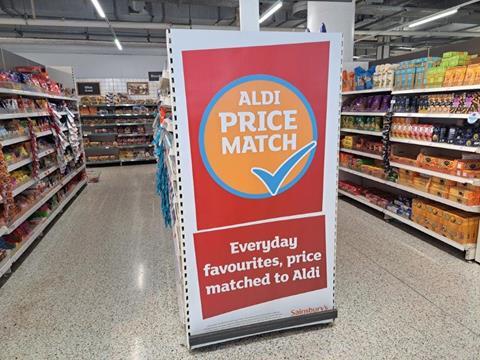
Loyalty pricing doesn’t work in convenience
Why would it do that? It’s not just about being different. Data also shows that while shoppers have been using Nectar loyalty cards for as much as 90% of big shops since the introduction of Nectar Prices, only 20% use it in Sainsbury’s Local stores, as the savings aren’t worth it for time-pressed shoppers on smaller convenience missions.
Of course, that’s partly owing to the absence of Nectar Prices in convenience. And no doubt Tesco will have seen some uplift since applying Clubcard Prices in its Express stores. But participation is understood to be not much more than 40%.
In other words, as a scale-based play to demonstrate Tesco’s value credentials in the convenience market, loyalty pricing doesn’t really work in convenience.
And that’s a problem because the premiums charged by the mults for the same items in their convenience stores is creeping up. The average price differential used to be in the mid to high single digits. But research by ESA for The Grocer in December 2022 found that Tesco’s price premium in its convenience estate was up to 10.4%. And despite its rollout of Clubcard Prices (and wider efforts from Sainsbury’s and Morrisons last year to introduce more value lines into their c-stores for the same reason), as recently as September, research by consumer association Which? found Tesco’s differential was still running at 10%. In the case of Morrisons Daily stores, it was a whopping 21%.
The honourable exception was the differential in Sainsbury’s c-stores. At just 5%, the premium was the lowest of the multiples.
Sainsbury’s Locals are mostly neighbourhood stores
But rolling out Aldi Price Match ups the ante considerably. It immediately signals to convenience shoppers that a Sainsbury’s top-up shop on the all-important basics doesn’t command a premium.
Why would it do that? Because it brings Sainsbury’s 800-strong convenience store estate into play as a value weapon in Aldi’s heartland: local neighbourhoods.
It’s a common misconception that Sainsbury’s Locals are in high footfall city centre locations. But 75% are neighbourhood stores. And many of them are a short walk away from an Aldi. What’s more, these stores actually have an average range of over 3,000 items. So the Sainsbury’s selection is wider than in an Aldi. In conjunction with Aldi price matching on essentials, it could be a winning combo.
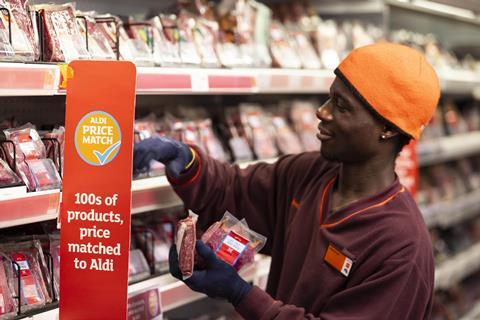
At the same time, it also cleverly signals to shoppers that Sainsbury’s Locals offer better value than Tesco Express stores, and counters the growing threat from Morrisons Daily stores and Asda Express stores.
And finally it’s a compelling riposte more generally to accusations that supermarket convenience store pricing strategies are putting those without easy access to transport or online deliveries at a disadvantage.
Of course, it’s entirely possible that rivals will look to follow suit. But Sainsbury’s has stolen a march on its rivals.
It will have taken months to tweak its convenience selection to be able to ensure this works.
First, it’s needed to ensure there’s a sufficent number of meaningful matches.
Second, it will have needed to balance the 200 or so items with a better selection of higher-value, higher-margin items to ensure it can offset higher rents, rates and other costs.
And third, it will have needed to flex its supply chain ordering and store layouts to ensure it’s ready for vastly increased sales on those items. It’s only up to 200 items (though at c7.5% that’s a bigger percentage than the c2.5% that the 500-plus Aldi price matches in its supermarkets entails) but they could easily account for 25% of volumes.
And all of this in time for Christmas and the cessation of winter fuel payments.



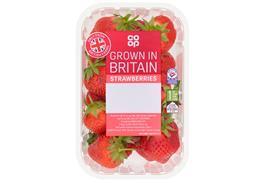



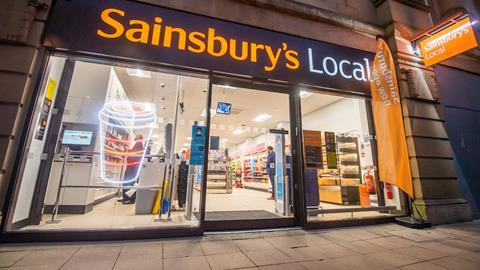





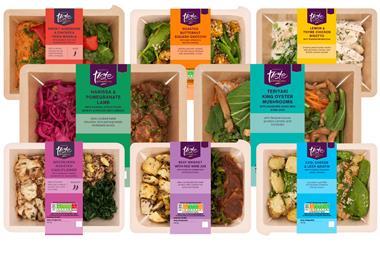
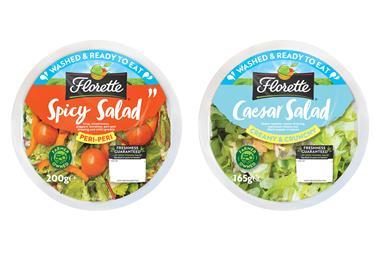
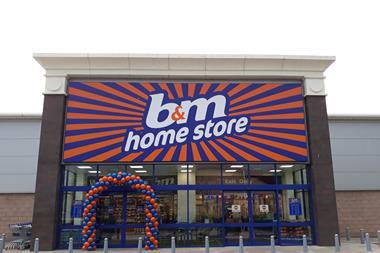
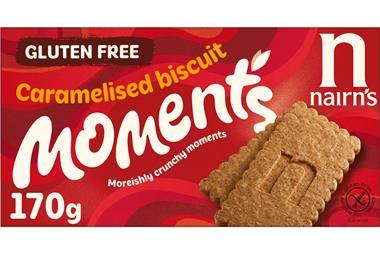




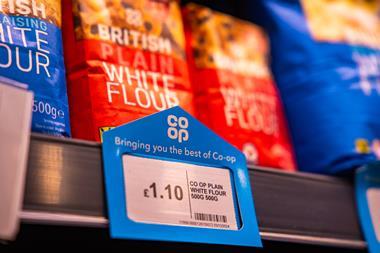

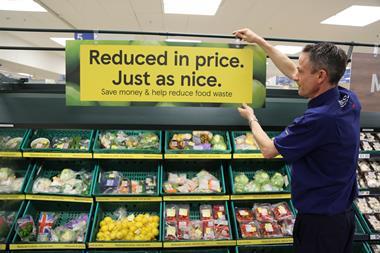

No comments yet